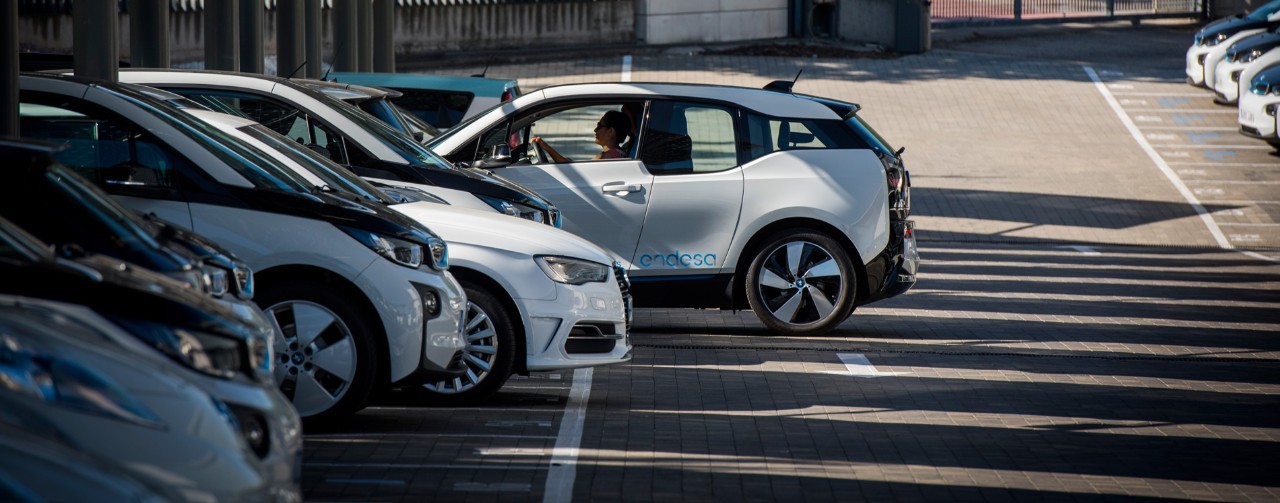
If you prefer to always view the website in English, please click here.
If you prefer to always view the website in English, please click here.
3D maps, laser sensors, infrared thermal images, drones… innovation and new technologies to guarantee service quality. Over the summer months, Endesa carries out preventive maintenance tasks on our power distribution grid and on the surrounding forest mass, with the aim of guaranteeing the safety and continuity of the supply for our customers. To do so we have innovative methods that facilitate the process and enable more precise data to be obtained.
This maintenance tasks are carried out on high, medium and low-voltage overhead power lines and other relevant infrastructures, such as substations and they mainly consist of cleaning tasks and clearing forests in the areas of the power grid, thoroughly checking all the facilities and other preventive actions, such as using thermal imagery to inspect the power grid.
We carry out these tasks in collaboration with the regional and local governments in the autonomous communities in which we operate as a distribution company (Catalonia, Aragon, Andalusia and Extremadura, the Balearic Islands and the Canary Islands).
For these prevention tasks, we have recently incorporated the innovative LIDAR system (Light Detection and Ranging). This system combines GPS technology with laser sensors to create 3D maps of the areas of forest mass located around the power lines. This procedure enables us to ensure the distances between the forest mass and the high voltage power lines or between the cables and any nearby object, are correct.
“This will be the first year in which LIDAR technology has been used. Its direct controls will help to manage the tree clearing tasks for the mandatory inspections and for the grid digitalisation.”
Jesús Zambrano, Maintenance specialist at Endesa
Another technique used in the inspections is infrared thermography of the medium and high-voltage lines and substations These are grid inspections with infrared cameras, either from the ground or from the air, to detect any element that has a higher temperature than normal. If anomalies are detected, the “hot point” coordinates are recorded and a mechanism to correct these is automatically activated.
“The thermographic inspection of our facilities enables us to detect possible temperature differences that could cause a problem in the future and for us to schedule the repair thereof.”
Carlos Amills, Head of High Voltage Power Lines at Endesa
The helicopters that carry out the aerial inspections, also carry a high-definition video camera and/or camera, which enables them to view the type of vegetation and the density thereof and also detect any external imperfections in the facilities.
Since 2012, Endesa has also been using drones to check the status of the power grid. These unmanned aerial vehicles are equipped with high-resolution cameras enabling images of the power lines to be taken, particularly those that are hard to access. Furthermore, they also enable in-depth inspections of the overhead wiring elements to be accelerated because, with this system, the supply does not have to be interrupted for technicians to inspect the infrastructure. This procedure helps improve the quality and continuity of the service, while also providing greater safety.
These devices are also used to verify the width of the safety lanes and paths located near the power lines and which act as fire-breakers. They are also capable of carrying out an aerial survey of the land in the event of emergencies and, in the future, they may be able to carry a thermographic camera.
We are convinced that the key to guaranteeing the efficiency of the electricity system is by improving the grid. Therefore, we invest in new technologies, in the renovation of infrastructures and in training our technicians, to ensure the continuity of the supply and a quality service.





.jpeg)